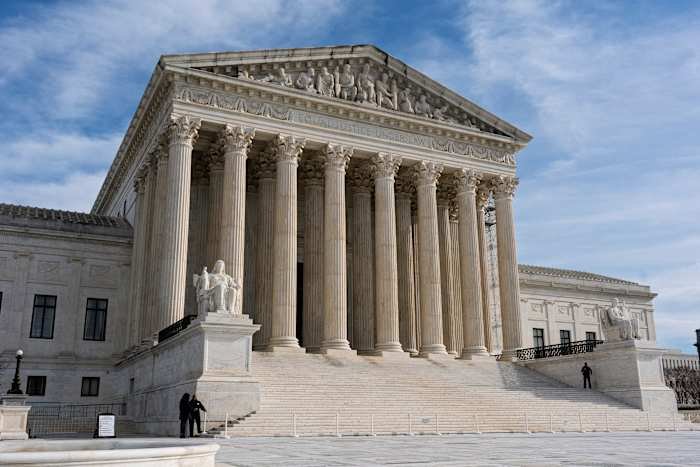By Daily Orlando News Staff
After months of intense debate and collaboration, Orange County leaders have unveiled a sweeping set of recommendations aimed at reforming the local jail system. These recommendations, developed over four months by a panel of officials, community advocates, and law enforcement representatives, reflect growing concerns about jail conditions, high incarceration rates, and the need for a more equitable justice system. Yet, as the proposals move from paper to practice, significant challenges loom—especially for communities in Orlando that are often on the front lines of these issues.
The Push for Jail Reform: What Sparked the Conversation?
The conversation around jail reform in Orange County has been gaining momentum for years, but recent events have accelerated the push. Overcrowding, concerns about inmate health and safety, and the disproportionate impact on Orlando’s minority communities have all played a role. The COVID-19 pandemic further exposed vulnerabilities in the jail system, prompting leaders to take a closer look at alternatives to incarceration and strategies for reducing recidivism.
A task force was established earlier this year, bringing together voices from across the county—judges, public defenders, prosecutors, law enforcement officials, and local activists. Their mission: to recommend actionable steps that would make the jail system fairer, safer, and more efficient. After four months of meetings, the group released a detailed report outlining their vision for a reimagined justice system in Orange County.
Key Recommendations from the Orange County Task Force
The task force’s recommendations are both ambitious and comprehensive, targeting multiple aspects of the jail system. Some of the most notable proposals include:
- Expanding Pretrial Services: Increasing the use of supervised release and electronic monitoring for nonviolent offenders, which could help reduce the jail population and allow individuals to await trial in the community.
- Improving Mental Health and Substance Abuse Treatment: Establishing diversion programs that direct people with mental health or addiction issues away from jail and into appropriate treatment facilities.
- Bail Reform: Reassessing and potentially eliminating cash bail for low-level offenses, which often keeps Orlando residents behind bars simply because they can’t afford to pay.
- Enhancing Reentry Support: Strengthening programs that help formerly incarcerated individuals find housing, employment, and support services, reducing their chances of returning to jail.
For Orlando, these reforms could have a profound impact, especially in neighborhoods where arrest rates are high and resources for reentry are scarce. Local advocates say these changes are long overdue and could help address longstanding inequities in the criminal justice system.
Implementation Challenges: Funding, Politics, and Public Perception
Despite broad agreement on the need for reform, turning these recommendations into reality won’t be easy. One of the biggest hurdles is funding. Programs for mental health treatment and supervised release require significant investment, and county budgets are already stretched thin. Orlando city officials have voiced concerns about whether there will be enough resources to expand these services, especially as the city continues to grow.
Politics also play a role. While there is bipartisan support for some reforms, others—like bail reform—have sparked heated debates. Critics worry that eliminating cash bail could lead to increased crime, even though studies from other cities suggest otherwise. Public perception is another challenge; some Orlando residents are cautious about changes that could be seen as “soft on crime.”
Meanwhile, coordination between different agencies—law enforcement, courts, and social services—remains a logistical challenge. Effective reform will require seamless collaboration, something that has historically been difficult to achieve.
How Jail Reform Could Affect Orlando Communities
For residents of Orlando, the outcome of these reforms could be transformative. Lower incarceration rates would mean fewer families separated by jail sentences, particularly in communities of color that have been disproportionately affected. Expanded access to mental health and addiction treatment could help break cycles of crime and recidivism, improving public safety and quality of life.
Reentry programs could also help Orlando’s economy by supporting formerly incarcerated individuals in finding jobs and stable housing. However, successful implementation will depend on ongoing community engagement. Local organizations and faith groups are already stepping up, offering to partner with city and county officials to ensure that reforms are tailored to the needs of Orlando residents.
What’s Next for Jail Reform in Orange County?
The next steps for jail reform in Orange County will involve a mix of legislative action, budget negotiations, and community input. County commissioners are expected to review the task force’s recommendations in the coming months, with public hearings and workshops planned to gather feedback from Orlando residents.
Advocates say that community involvement will be crucial. “Orlando has a chance to lead the way on meaningful criminal justice reform in Florida,” said one local activist. “But it will take all of us—residents, officials, and community leaders—working together to make these changes real.”
Conclusion: Your Voice Matters in Shaping Jail Reform
Jail reform is at a crossroads in Orange County, with big opportunities—and big challenges—ahead. For Orlando, the decisions made in the coming months will have lasting effects on families, neighborhoods, and the city’s future. As these recommendations move forward, the voices of residents will be more important than ever.
What do you think about the
















